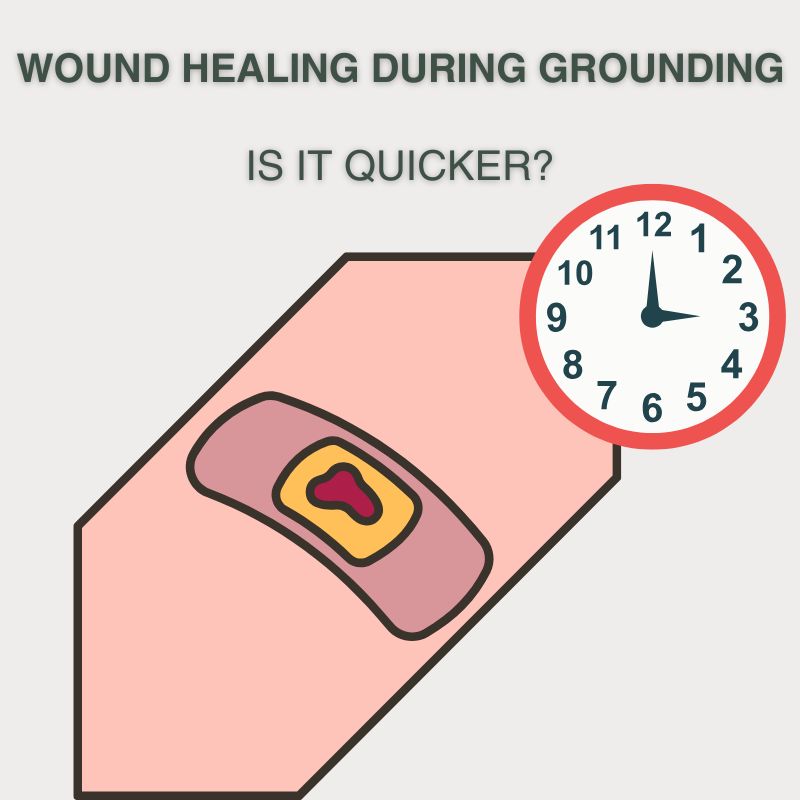
Grounding and wound healing
Grounding and Its Role in Wound Healing and Inflammation Reduction
One of the most fascinating aspects of grounding is its ability to accelerate wound healing and reduce inflammation. While this may sound surprising, both scientific evidence and the experiences of individuals who practice grounding regularly confirm these benefits.
The wound-healing process is a highly complex mechanism in which the immune system plays a crucial role. When tissue is damaged, the body immediately initiates a series of reactions aimed at repairing the injury and protecting against infections. One of these mechanisms is inflammation, which acts as a natural defense response. While inflammation is a necessary part of the healing process, excessive or chronic inflammation can slow down recovery and lead to complications. This is where grounding emerges as a powerful and supportive tool.
When the body comes into contact with the Earth's surface, it interacts with the planet’s natural electrical field. The Earth is a source of free electrons, which can neutralize excess free radicals in the body. Free radicals are unstable molecules produced during inflammatory responses, and they can damage healthy cells, prolonging the healing process. Through grounding, the body gains access to free electrons, which help stabilize these molecules, reducing oxidative stress and alleviating inflammation.
Scientific studies suggest that regular grounding can significantly accelerate tissue regeneration. In one study, researchers observed that individuals who practiced grounding experienced faster wound healing and reduced swelling compared to a control group. These findings align with the theory that grounding helps restore immune system balance by mitigating excessive inflammatory responses.
Additionally, grounding improves microcirculation, which is essential for delivering oxygen and nutrients to damaged tissues. Enhanced blood flow supports the regeneration process, allowing the body to rebuild damaged cells more efficiently. This effect can be particularly beneficial for individuals suffering from chronic inflammatory conditions, such as rheumatoid arthritis, or for those with impaired wound healing, such as people with diabetes.
Practicing grounding does not require specialized equipment or a significant time commitment. Simply making direct skin contact with the Earth—such as walking barefoot on grass, sand, or soil—can provide these benefits. For those who don’t have access to outdoor grounding, special grounding mats and sheets are available, allowing users to harness the benefits of this practice from the comfort of their homes.
In summary, grounding is a natural and safe way to support the body's healing processes. Its ability to reduce inflammation and accelerate wound healing makes it a method worthy of greater recognition, both among individuals seeking natural ways to improve their health and within the field of holistic medicine. If you struggle with chronic inflammation, delayed wound healing, or simply want to help your body regain balance, grounding may be a key component of your journey to better health.
